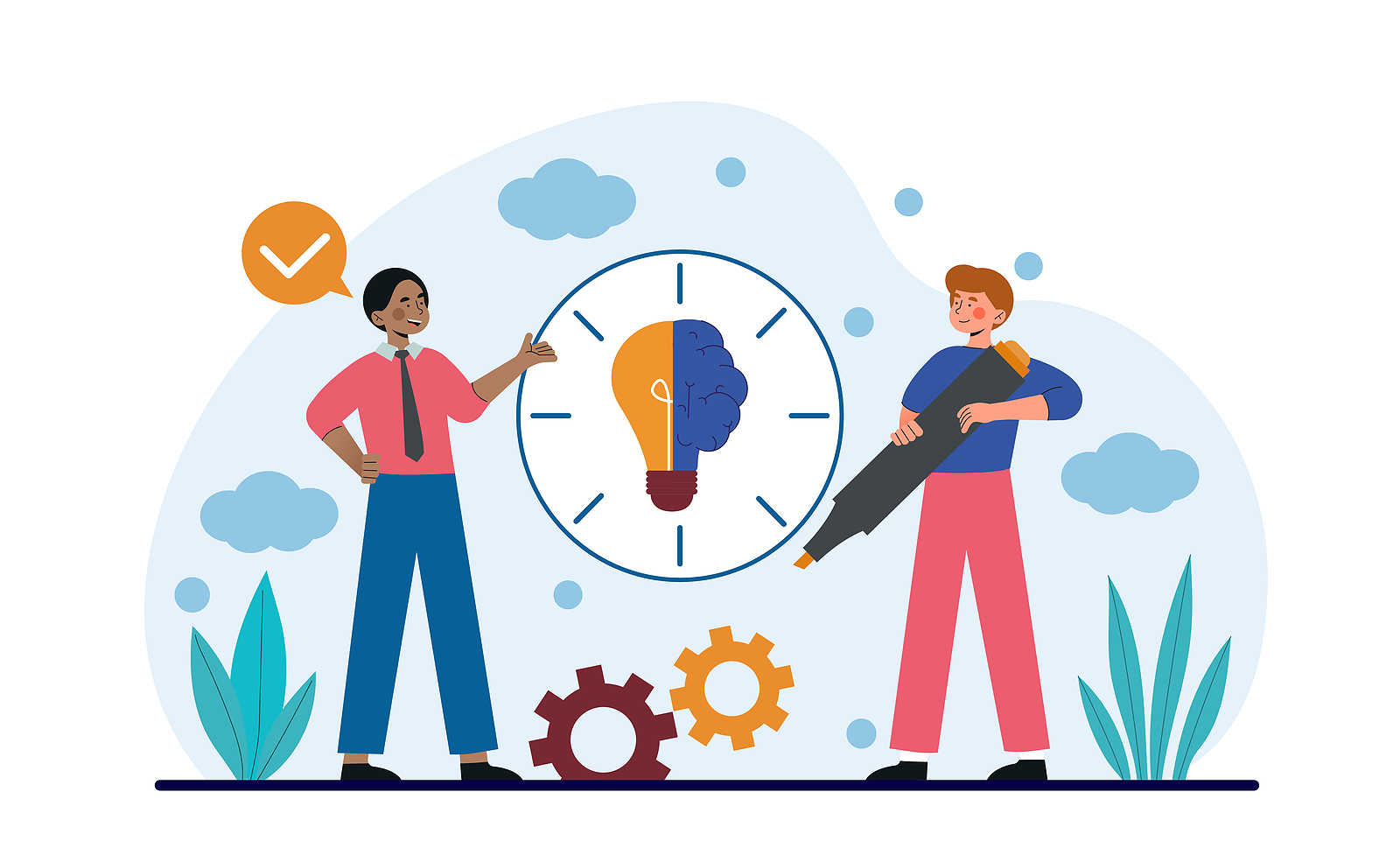Let’s face it––you are going to employ a lot of creatives over the lifetime of your agency. Gone are the days of designers and writers settling into the same role until they finally receive the gold watch and pat on the back, while Midge and the girls in the secretarial pool tow their retirement cake around the office.
The benefits of having to hire new talent include opportunities to gain new insights and ideas, freshen creative perspectives, and broaden internal skillset capabilities. But losing creative talent means potential work delays, the risky loss of historical agency or client brand knowledge, and the nagging need to constantly employ third-party talent staffing firms for a hefty price.
All in all, it’s pretty darn expensive.
According to a study by the U.S. Census, the average employee tenure at a single company is now 2.8 years, as compared to 13.5 years just a few decades ago. Add a global pandemic and ‘great resignation’ into the mix, and this continual migration of today’s creative workforce requires a more strategic approach to retention.
I’ve spent the last two decades building and managing creative teams in a range of organizations. During that time, I closely studied the behaviors of creatives, clients, and stakeholders to figure out exactly what makes a creative successful in different environments and roles. I’ve discovered that the key to keeping great creative talent is finding out exactly HOW they work.
Knowing how your creatives work allows you to challenge them in ways they will be excited about, and allows them to contribute at the level that satisfies everyone’s expectations, keeping them highly engaged. When you have this critical insight, you (and your managers) will know how to effectively support, coach, and retain creatives–– also ensuring you and your clients are getting the best creative work.
Here are 5 things you need to know when evaluating creative talent:
- You can easily witness the technical abilities of a creative by reviewing their creative output, but fully understanding how they process, ideate, communicate, respond, and reason is even MORE important, because it will allow you to better support their needs and desire to accelerate their growth.
- Personality can be very different than creative process. This can be misleading AND lead to creatives being put into the wrong situations or roles where they will struggle (e.g. client-facing vs. non-client facing, conceptual vs. production, etc.) and eventually burn out.
- General talent assessments have a low predictive value for creative professional success, and often don’t highlight the specific skills that creatives need to actually succeed, or explain each candidate’s motivations to ensure longevity. Finding someone who can properly evaluate them and translate the findings will save you time, money, and unnecessary confusion.
- There are very few ‘bad’ creatives––just bad fits. If you have a tenured creative that is struggling to keep up with the changes in your agency, an evaluation will help you focus on the things that make these creatives successful in their environments, so you can make all the right organizational decisions.
- Creative talent evaluations are not always a clear yes or no scenario–– it’s about knowing what the employee needs to be successful and ensuring that the expectations of the role are something everyone is committed to AND legitimately excited about.
Even the best agencies can’t hold on to great creative talent forever. But when you eventually have to bid them bon voyage at least you’ll know that you did everything you could to retain them, instead of just surrendering to the current state of the creative industry. And I think even Don Draper himself would agree that this is far more valuable than an engraved watch and a slice of rum cake.
For information on Creative Talent Evaluations and the 5 core traits that translate into the skillsets required for success in creative environments, visit: rockthatcreativejob.com/employers






